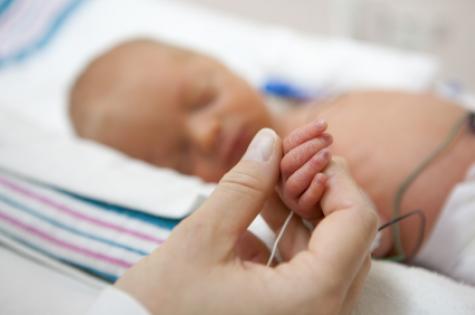A relatively simple therapy of magnesium sulphate treatment for women at risk of giving very premature birth (less than 30 weeks) can help reduce the risk of infant death or of babies having cerebral palsy according to a study from the University of Adelaide.
But a recent survey shows that, despite the therapy being endorsed by the National Health and Medical Research Council (NHMRC) and the Royal Australian and New Zealand College of Obstetricians and Gynaecologists, the treatment has not yet been implemented in all maternity hospitals across Australia and New Zealand.
According to Philippa Middleton, research leader with the Centre for the Health of Women and Babies at the University of Adelaide the therapy remains underused.
“In Australia and New Zealand, 4,800 women give birth to very premature babies, between 22 and 30 weeks’ gestation. 17% of these babies are at risk of dying in the first weeks of life or later having cerebral palsy,” she said.
“While it’s encouraging that three-quarters of hospitals surveyed are implementing these guidelines, our goal is to continue to increase this and help to minimise cerebral palsy risks in premature babies.”
Ms Middleton said the aim is to have the magnesium sulphate therapy used in all specialist maternity hospitals in both countries.
“All expectant mothers should have access to this treatment in case they go into very preterm labour,” according to Caroline Crowther, Professor of Obstetrics and Gynaecology at the University of Adelaide.
“The good news is that by giving mothers magnesium sulphate immediately prior to a very premature birth increases the chances of the baby surviving, and surviving without cerebral palsy.”
The treatment is also supported by the Cerebral Palsy Alliance Research Foundation.
Professor Nadia Badawi from the Alliance added that the implementation of the treatment “has greatly improved health outcomes of babies born very prematurely”.
Professor Badawi said there is a child born with cerebral palsy every 15 hours in Australia with the incidence worldwide of 1 in 400. While the condition can be mild and cause only slight disruption to an individual’s daily life, it can also be severe and impact movement, posture, speech, vision and the capacity to participate in daily activities.
* * *
For further information visit CerebralPalsy.org.au



















__small.png)










